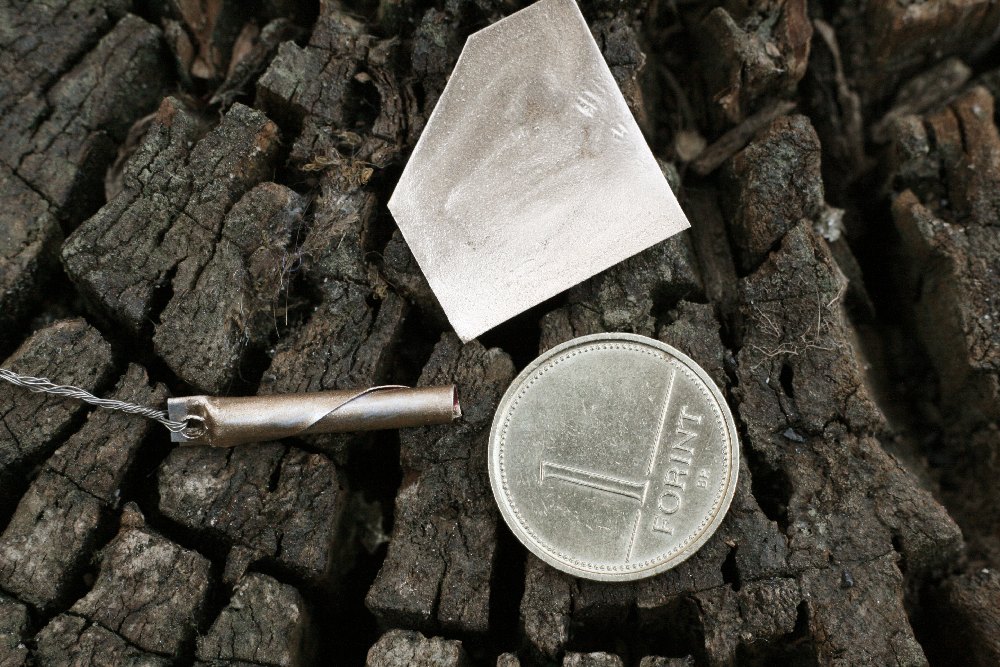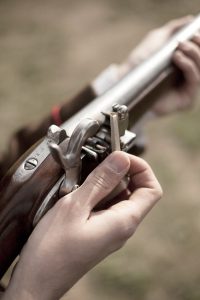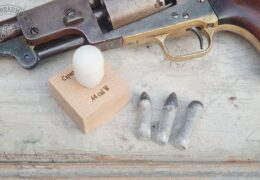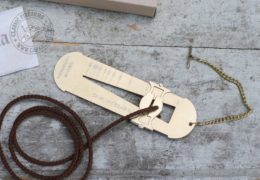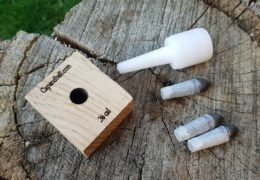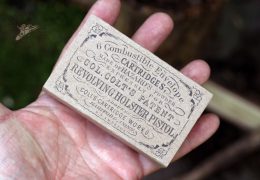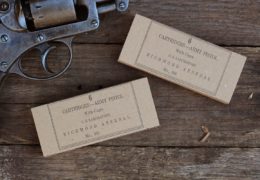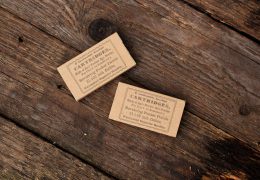The percussion tube – history & production
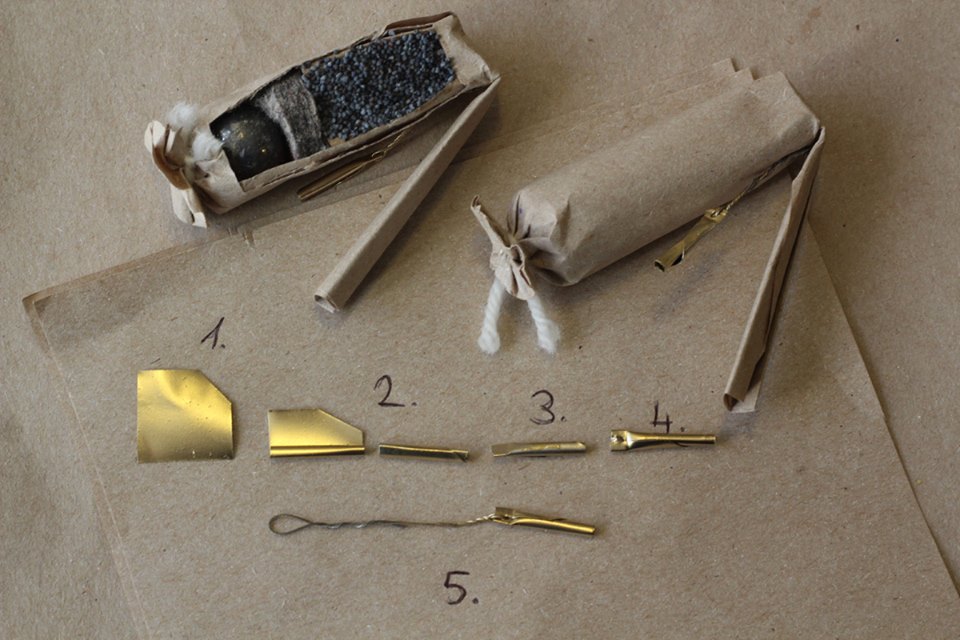
The percussion tube seems a less advanced system for the first sight compared to the traditional percussion caps. But in fact in the first half of the 19th century it proved just as effective and it was not considered obsolete. By those times nobody knew exactly which method will die out, and which will be the basis of the future’s firearms.
The brass tube, filled with percussion compound worked similar to the percussion cap but had a unique structure. The 15 mm long and 15 mm diameter brass tube was attached to the cartridge with a short wire. The end where the wire was was squeezed, while the other was left round. This small tube fits exactly into the hole in the “kern” or drum, screwed into the breech of the musket. The half of the tube is protruding out of the “kern”, so the “zahn” or tooth in the lid can hit the tube when the hammer falls. The flames are directed exactly into the powder chamber. The size and form of the touch hole in the “kern” was designed so that it can strengthen the flames, just as it is in today’s, nipples.
Making the percussion tube was easier than producing percussion caps. Not because you needed less time or material, but because it could be manufactured on machines and by hand as well. A great advantage for the Hungarian revolutionary army of 1848-49. For making the percussion cap you need to have a special press that forms the brass cups to be filled with percussion compound. If you don’t have this special tool, you will never be able to make caps. It is also an advantage that the size tolerances can be larger than with the percussion caps. It does not matter if the diameter of the tube is 3.1 or 2.9 mm they will still work well. If a percussion cap is bigger it will fall of the nipple in the heat of the battle, if it is smaller, it will not fit on the cone.
The original priming compound of the percussion tube was 100 parts of potassium-chlorate, 16 parts of coal, and 12 parts of sulfur. This mix was loaded into a piece of hay according to the original patent of Giuseppe Console. This priming method was designed for artillery pieces originally, and it was later refined to meet the requirements of the infantry. Using this method was a huge leap-forward compared to the flintlocks. A flintlock musket failed to fire average 25 times out of 100 shots, which technically meant having only the firepower of 75 muskets out of 100 soldiers during a volley of fire. The early percussion tube reduced this ratio to 6-10 % of misfires which was a good step forward, but not enough. By the middle of the century the percussion cap locks were already capable of 0.1-0.3 % misfire ratios.
Both the material of the tube and the compound had to be improved to make it suitable for infantry service. It was up to Vincenz Augustin, head of the Viennese Arsenal to modify it. Upgrading the hay to brass, and changing the original priming compound to mercury fulminate solved the problem. The misfire ratio dropped to 0.5%. Still not as good as the percussion cap but more than good enough for the infantry. The year was 1845.
The production of the tubes started in the factory of the k.k. Feuerwerks Korps in Viener-neustadt. The production started with forming the tube. The thin brass sheet was cleaned before the press cut small trapezoid forms. This trapezoids were rolled up by another machine that also squeezed one end. The squeezed end was then drilled to accept the wire and the priming compound was filled into the tube. As the final step of the production the tube was submerged into lack to make it completely waterproof. And in fact the percussion tube was entirely waterproof. You could drop it into water and leave it there for hours and still it fired, not like the contemporary percussion caps.
The second factory to produce percussion tubes was established in Prague. The factory of Sellier & Bellot started the production but another factory was also planned to Pest, capital of Hungary. During the Hungarian revolution the Hungarian officials – Lajos Batthyány and Artúr Görgey – traveled to Prague and contracted Sellier & Bellot to buy the know how of tube and cap making. The contract was signed but the factory failed to supply the necessary machines because of the pressure from the Hapsburg Monarchy. The freshly elected Hungarian government had to improvise: they secretly ordered machines from England. In the fall of 1848 these smuggled machines manufactured the necessary percussion tubes and caps for the soldiers of the war of independence.
Balázs Németh
Want to know more about the history of the tube lock? Click here!

